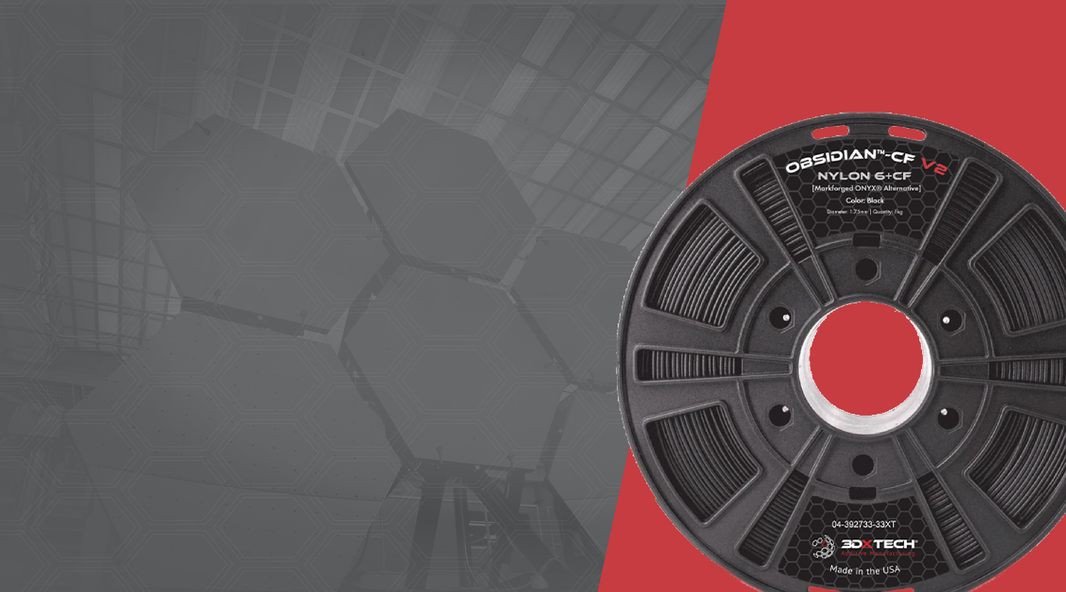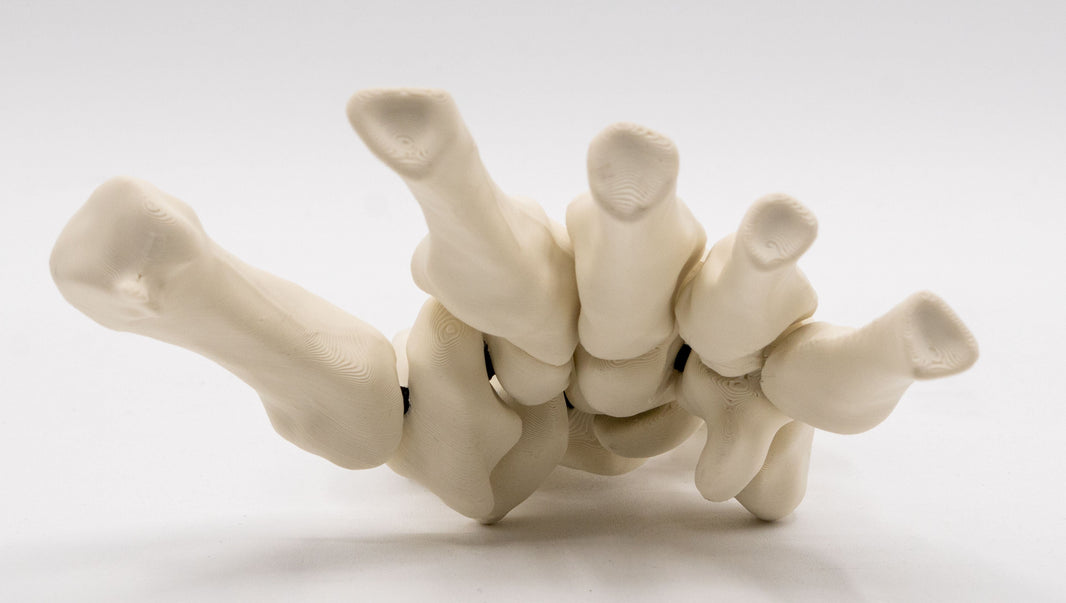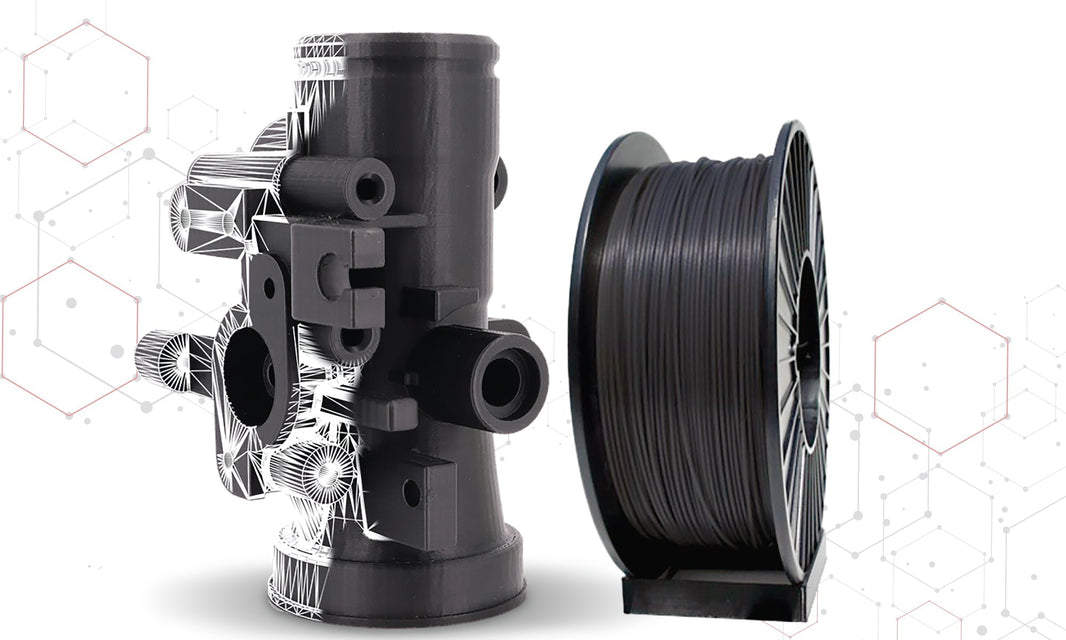Benefits of Nylon Filaments in 3D Printing
Why Nylon is a Go-To Material
Nylon filaments are some of the most widely used materials in industrial additive manufacturing due to their strength, toughness, and wear resistance. They provide an ideal balance between mechanical performance, flexibility, and processability, making them a top choice for both functional prototypes and end-use parts.
Core Benefits of Nylon Filaments
- High Strength & Toughness: Superior durability compared to standard plastics.
- Excellent Chemical Resistance: Withstand oils, greases, and many industrial chemicals.
- Low Friction & Wear Resistance: Perfect for gears, bushings, and moving parts.
- Impact Resistance: Maintains toughness under mechanical stress.
- Versatility: Available in specialty blends designed for unique performance needs.
Specialized Types of Nylon Filaments
1. ESD-Safe Nylon
- Key Feature: Prevents electrostatic discharge (ESD) in sensitive environments.
- Applications: Electronics housings, fixtures for circuit boards, jigs used in semiconductor manufacturing.
2. Carbon Fiber Reinforced Nylon
- Key Feature: Significantly increases stiffness and heat deflection temperature while reducing warping.
- Applications: Lightweight structural components, drone frames, automotive brackets, tooling.
3.Glass Fiber Reinforced Nylon
- Key Feature: Offers excellent dimensional stability and mechanical strength at a lower cost than carbon fiber blends.
- Applications: Industrial housings, fixtures, load-bearing parts, enclosures.
4. High-Temperature Nylon
- Key Feature: Formulated to withstand higher continuous use temperatures compared to standard nylons.
- Applications: Under-the-hood automotive parts, industrial tooling, aerospace-grade components.
Printing Considerations with Nylon
- Moisture Sensitivity: Nylon is hygroscopic and requires drying before printing for best results.
- Print Environment: Heated beds and enclosed build chambers reduce warping and improve layer adhesion.
- Nozzle Wear: Fiber-reinforced blends are abrasive—hardened nozzles are recommended.
- Post-Processing: Annealing can enhance thermal stability and strength in reinforced nylons.
Industries Leveraging Nylon Filaments
- Automotive: Functional prototypes, under-the-hood parts, brackets, and housings.
- Aerospace: Lightweight tooling, fixtures, and high-temp components.
- Electronics: ESD-safe enclosures, jigs, and test fixtures.
- Industrial Manufacturing: Gears, bushings, and low-friction moving parts.
Conclusion
Nylon-based 3D printing filaments deliver a powerful combination of strength, toughness, and adaptability. Whether it’s ESD-safe Nylon for electronics, carbon fiber blends for structural strength, glass fiber Nylon for dimensional stability, or high-temp Nylon for demanding thermal environments—these materials empower engineers and manufacturers to create reliable, high-performance parts across industries.






